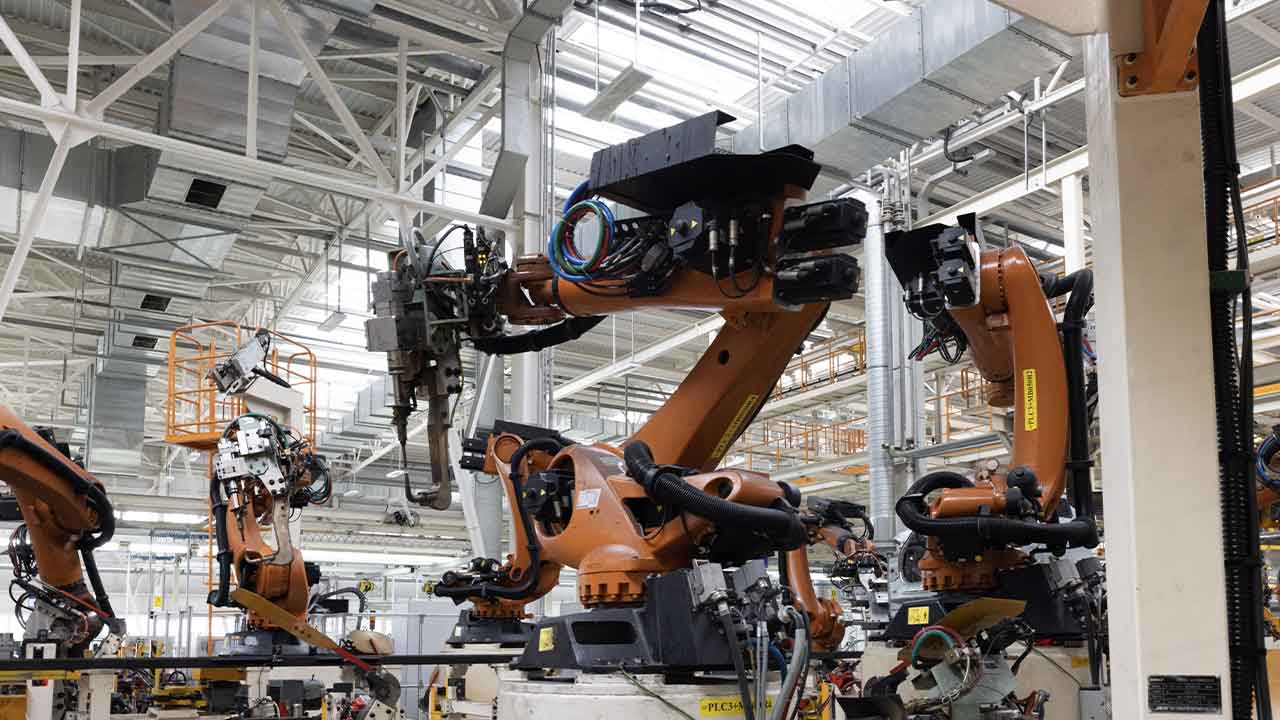Protecting IT and OT Resources Against Advanced Threats in Manufacturing | SPONSORED
Manufacturing organizations manage expensive and sophisticated equipment at their factories—and the systems that run the machinery are increasingly being connected to the internet. The cybersecurity implications of this trend are significant, including possible threats to physical safety, and in some cases, national security. Companies strive to secure their systems while maintaining business imperatives like operational efficiency, continuity of operations, product integrity, and compliance. The Fortinet Security Fabric provides a broad, integrated, and automated security architecture that covers all aspects of the manufacturing business—from the back office to the manufacturing floor, from air-gapped systems to connected ones, from internal users to third-party partners.
The story of today’s manufacturing sector is a story of convergence. Companies that previously produced products independently now work closely with a network of partners who perform different parts of the process. And the electronic systems that run factory operations, which were historically air gapped, are increasingly being connected with IT systems—and therefore with the internet. As a result, these operational technology (OT) systems, including industrial control systems (ICS) and supervisory control and data acquisition (SCADA) systems, are exposed to an increasingly advanced threat landscape and are targets for hackers involved in terrorism, cyber warfare, and espionage.
As air gaps are removed around the world, OT systems are increasingly barraged with both recycled IT-based attacks and purpose-built OT exploits. One survey finds that 74% of OT professionals had experienced a breach in the past 12 months. Attacks on the manufacturing sector’s critical infrastructure can result in financial loss, a risk to brand reputation, and sometimes even loss of life or threats to national security.
Fortinet has protected OT environments in critical infrastructure sectors such as energy, defense, manufacturing, food, and transportation since 2005. By designing cybersecurity into these complex infrastructures via the Fortinet Security Fabric, organizations can integrate cybersecurity protection across OT and IT environments, from the manufacturing floor to the data center to multiple clouds.
Download this white paper sponsored by Fortinet to find out more about:
- Key manufacturing Cybersecurity Challenges
- Use Cases: Corporate infrastructure, air-gapped manufacturing systems, connected manufacturing systems, third-party vendor management, multi-cloud cybersecurity
- Fortinet Differentiators for Manufacturing Cybersecurity



